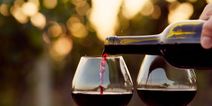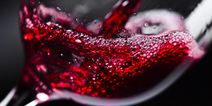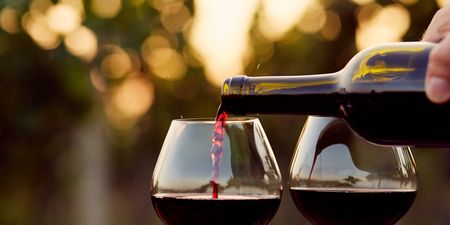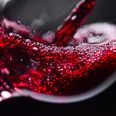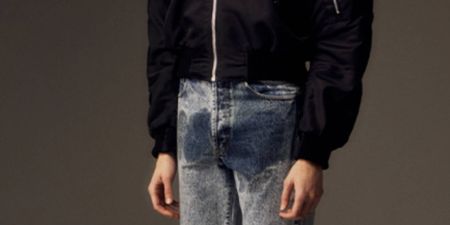It is only when you visit a winery that you can really appreciate how much work goes into making that delicious bottle of wine on your table.
It’s the smell that stays with you. Of all the amazing things I saw and tasted during two fantastic days travelling around the Rioja region of Spain, it is a sense that can’t yet be conveyed by technology that will live the longest. The Campo Viejo barrel room, where 70,000 oak barrels full of wine are ageing to perfection, is filled with an aroma that is so appealing that if they ever decide to bottle that instead of wine, we’d wear it as our aftershave.
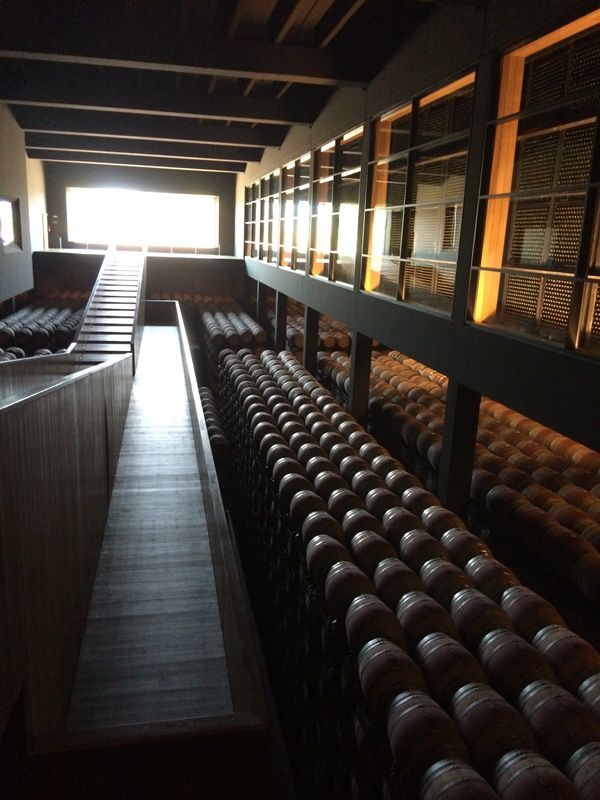
But getting to that point, where the mix of wood and grape creates such magic, is no easy feat. It was our first trip to northern Spain, and after landing in Bilbao what struck us was just how green it was. It was Ireland-like in its lushness, a world away from the brownish tones you associate with the south of Spain.
About a 90-minute drive south of Bilbao later and we arrived in Logrono, the capital of the Rioja region. The city is one of the starting points on the famous Camino de Santiago pilgrimage and the old town there has some beautiful churches and buildings. Visitors to Logrono who don’t come for the pilgrimage are there for a much more earthly pursuit; great food and wine. As it sits in the centre of Rioja there are a wealth of vineyards in the surrounding countryside to visit while the city also has some of the world’s best tapas restaurants.
As well as sampling some of the best jamon and cheese we’ve ever had, local delicacies like white asparagus confirmed to us that tapas are really an art form in Spain, a delicious art form at that. And if you go, you have to go to Bar Soriano, a place that only sells one type of mushroom dish, and it just so happens to be the best mushrooms on bread you’ll ever taste. Trust us on this point.

The next day we got to spend the day at the Campo Viejo vineyard and winery itself. Rather naively, I expected to see field after field after field of vines, and huge teams of workers tending the crop. But the place was quiet, small and broken up into a patchwork of land parcels similar to the west of Ireland.
Through our excellent guides, winemakers Clara Canals and Roberte Vincente, we would learn that each parcel of land was slightly different, requiring special attention and producing different styles of grapes. Campo Viejo own only 350 hectares of vines, of which just 32 were at the winery, but they brought grapes from nearby growers that bring their total to 5,000 hectares. of vines at their disposal.
The trick then is matching up all those small parcels with each other, so that similarly grown grapes are all kept together, producing a consistent product. Honestly, the amount of work involved is hard to comprehend and it is all done with a tiny team, who manage the vines and check the quality of the grapes. At harvest time they rapidly increase their workforce (with almost half the grapes still picked by hand) but for the vast majority of the year, only 75 people are involved in producing the wine, a startlingly small number for such an impressive output.

After sampling the product in the fields (it’s a dirty job etc) we were brought into the stunning building where the wine is actually made. Roberto explained to us that by having a small building on the surface and creating the remainder of the winery underground they could use gravity and the absence of natural light to make the process of wine making a lot easier. Like an iceberg, the surface of Campo Viejo is only about 10 per cent of the building. Underneath is a visitor centre, sampling rooms, labs for testing the wine, the production facility where 320 enormous tanks are used to store the wine, and, of course, the barrel room.
Containing 15.2 million litres of wine in 70,000 oak barrels, this is where the wine will really gain its character, its flavour and its style. As a piece of architecture it is a stunning creation but it is the overwhelming heady smell of wine and oak that was the real take home from the visit. It is worth going just to fill your nostrils with joy.
A hugely informative session with Roberto followed where he took us through the different wines they produce (mainly red but they are also doing some white now). We learned about the importance of ageing, the difference between a crianza, a reserva and a gran reserva and just what extra subtlety can be detected in each one before we got to the most fun part of the day; creating our own wine.
Presented with Breaking Bad-style overalls we were given four different wines, each slightly different in age, types of oak or grape. Using all we had learned, we had to try each one and then create our own blend, just like the winemakers of Campo Viejo do.
I’d like to tell you I had a gifted palate and that I created a wine fit for immediate production but I can’t lie to you. I needed a bit of help from Roberto to make something remotely drinkable and we don’t think you’ll be seeing JOE 2014 on the shelf of your local offy any time soon.

But the process of selecting, mixing, measuring and repeatedly tasting our blends gave us a huge insight into the job of a winemaker, who often has 30 different wine types to choose from. We only had four and that was enough to have us baffled and befuddled. Perhaps we should have used the spittoon a bit more often in the tasting process, but it seemed like such a waste.

Before we left, we were given a special treat, a chance to try a 1981 Gran Reserva. After all we now knew about the ageing process, we couldn’t wait to sample such a vintage wine and we were not disappointed. It smelled amazing, and it tasted even better, with a supreme smoothness that will linger in the memory for a long time. We think the tag ‘class in a glass’ has already been nabbed but this was the epitome of that phrase.
Before reluctantly having to return to Ireland, we visited another winery nearby, the stunning Ysios winery which is just across the border in the Basque region. The building, designed by Santiago Calatrava of Dublin bridge fame, sits in the shadow of a mountain range and it mirrors their peaks with its own aluminium roof, a roof that dazzles in the bright Spanish sunshine.

Inside, Ysios are the boutique manufacturing arm of Campo Viejo. Producing just 80-90,000 bottles a year, it has a much smaller set up, but the standards are equally high. They produce a more modern twist on a traditional Rioja here, using innovative techniques, different styles of oak and some very old vines to conjure up some exquisite wine.
The reserve was delicious and more fruity than the rioja we had at Campo Viejo while the limited edition, made with vines aged between 30 and 90 years old, was spectacular.
As we waved goodbye to this wine-rich part of Spain, it was incredible to think just how much we had learned in our short stay. Yes there is a Rioja style, but within that there is huge room to play with. As each year brings different weather to the region the character of each and every blend changes and the length of time it spends ageing in oak is a massive factor when it comes to the end product.
If you even have a passing interest in wine, a visit to Rioja and Campo Viejo is fascinating while the food in the region is worthy of booking the flight alone. If you take your vino seriously, then a trip like this is a must though, as the area is all about growing grapes and enjoying the end product. With sunshine, great food and superb wine, Logrono is a seriously good place to base yourself for a few days of pure indulgence.
And if you can capture the smell of the Campo Viejo barrel room and bring it home, we will pay you whatever you want to hand over the bottle.
For more on Campo Viejo, check out their Facebook page here or their Website here
LISTEN: You Must Be Jokin’ with Aideen McQueen – Faith healers, Coolock craic and Gigging as Gaeilge


